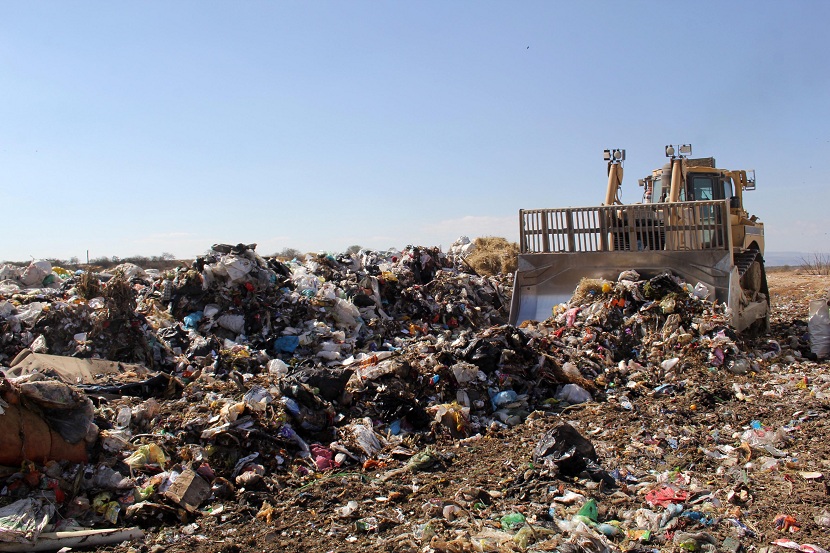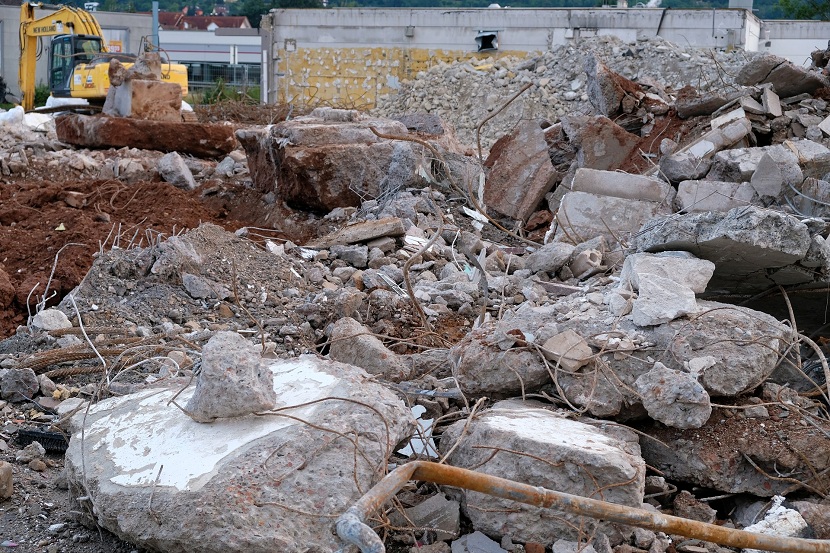
When we lose our waste in the different selective collection containers, we try to manage to be able to take advantage of all the possible material. The General volume of urban solid waste (MSW) that we generate is increasingly high. Approximately 25 million tons are generated per year. Many of these wastes can be valued and recovered. However, others cannot be easily separated and he knew recovery is quite complex. To avoid that most of the waste goes to the landfill, an attempt is made to find a way to manage it. This is what we call recovery of waste.
In this article we are going to tell you what the recovery of waste is, how important it is and how it is carried out.
What is waste recovery

Of the large amount of solid urban waste that we generate at the end of the year, around 40% are perfectly recoverable. We are talking about waste that is separated in separate collection containers or recycling containers. Once these wastes were separated at their source, they were taken to different waste treatment plants. It is there where they can be treated in different ways and give a new life and incorporation of the waste as a new product.
For example, New raw materials can be obtained through glass, plastic, paper and cardboard waste. On the other hand, the other 60% of all the waste that we generate at the end of the year is not so easy to separate and its recovery is more complex. As they are not suitable for recycling, they would have to be taken to controlled landfills. In landfills they do not have another useful life, but are buried. The only thing that can be used from these residues is the extraction of the biogas that are generated during its decomposition through anaerobic bacteria.
To avoid that most of this waste that does not have a very fixed destination ends up in a landfill, an attempt is made to find a way to manage it in order to obtain benefits from it. This is the recovery of waste.
The official definition of waste recovery can be found in directive 2008/98 / EC on waste and it is as follows:
Operation that sought the main objective that the waste can serve a useful purpose to replace other materials that would otherwise have been used to fulfill a particular function. It is about preparing the residence to fulfill a particular function, both in facilities and in the economy in general.
Types of waste recovery

When looking for the new value that a residual may have, there are different forms and analyzes that must be given first. The nature of the remainder must be analyzed, what type of function it has and what type of function it will be given. We are going to analyze the different types of waste recovery that exist:
- Energy recovery: This recovery takes place thanks to an activity called waste incineration. During this incineration all the waste is burned and it is obtained in small amounts of these and energy that comes from the materials they contain. In the case of domestic waste, they are used in one way or another depending on the levels of energy efficiency in the process. We must assess whether the energy we use to incinerate this waste is greater or less than that which we will generate with the incineration itself. One of the fuels obtained from this process is solid recovered fuel (CSR).
- Material recovery: it is a type of valorization in which new materials are obtained. It can be said that it is like recycling part of this waste to avoid the use of new raw materials. We remember that, if we reduce the consumption of raw materials, we will be reducing the overexploitation of natural resources and the impacts on the environment. Therefore, one of the most important valuations is the material valuation. In this type of recovery, the materials that are valued are light packaging, paper, cardboard, requested and organic matter. With these materials it is evaluated whether some type of composting or anaerobic digestion can be carried out.
As a last option, if there is no other way to recover this waste, it is sent to controlled landfills where it ends up being disposed of. This release has to be safe and certain measures must be adopted to guarantee the protection of both human health and the environment.
Waste recovery in Spain
Our country has carried out various studies that show how the countries of the European Union manage solid urban waste. In these studies, the percentages of waste that are destined for composting, incineration, recycling and landfill can be observed. Each destination is selected for various types of waste. The first thing that is tried with each waste is to value them to get a profit from them. In the event that no type of economic or produced benefit can be obtained, the waste is destined to a controlled landfill from which only biogas can be extracted.
Spain, compared to other countries such as Germany, Denmark or Belgium allocates a high percentage of all waste to the controlled landfill. This percentage is at 57%. As you can see, it is too high a figure. The objective of correct waste management is to make the most of it to reduce the use of raw materials. Spain does not have good waste management in this regard. This study also reveals that only 9% of all waste goes to incineration.
With these data it can be concluded that Spain not taking advantage of the energy contained in these wastes and using new raw materials that could be replaced by these recycled materials. The recovery of waste is an increasingly used technique since it can give an economic value to waste. We have to have the vision of entrepreneurs in which if a waste does not provide any benefit, it will not be reused or recycled. For this reason, it is necessary to think that the recovery of waste is an economic tool.
I hope that with this information you can learn more about the waste recovery technique.
